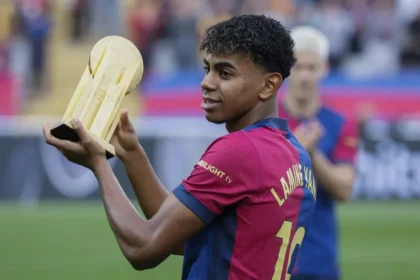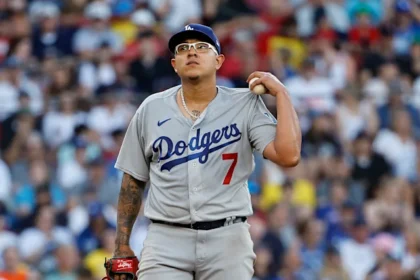Revolution in University Sports: Universities Can Directly Pay Athletes
In a historic ruling, federal judge Claudia Wilken has given the green light to the legal agreement that will allow American universities to directly remunerate their college athletes. This decision marks the beginning of a new era for collegiate sports.
The agreement, known as The House v. NCAA, ends federal litigation over antitrust practices against the NCAA, which previously limited the earnings of Division I athletes.
This fundamental change will transform the traditional structure of college sports starting July 1st. Institutions will be able to directly compensate their athletes, with an estimated annual limit of $20.5 million per university for the 2025-2026 season, a figure that will gradually increase over the next ten years.
In addition, the NCAA will have to disburse approximately $2.8 billion in retroactive compensation for athletes who competed since 2016. These payments will be added to the scholarships and other benefits that student-athletes already receive.
The agreement also contemplates the creation of a new independent organization, the Collegiate Sports Commission. This entity will oversee payments, ensure compliance with the new regulations, and control name, image, and likeness (NIL) agreements.
Bryan Seeley, former MLB executive, has been named CEO of this new commission.Despite this significant progress, debates still persist regarding the employment status of athletes and the possibility of them being considered employees with the right to unionize. The NCAA and universities continue to request a federal law from Congress that establishes an antitrust exemption and clearly defines the limits of compensation and player transfers.
“This is new ground for everyone. It’s important that we seize this opportunity to generate lasting change in college sports.”
Charlie Baker, NCAA president
This decision represents a crucial moment in the history of collegiate sports, opening the door to a fairer and more modern model for the thousands of athletes who participate in the main university competitions in the United States.









